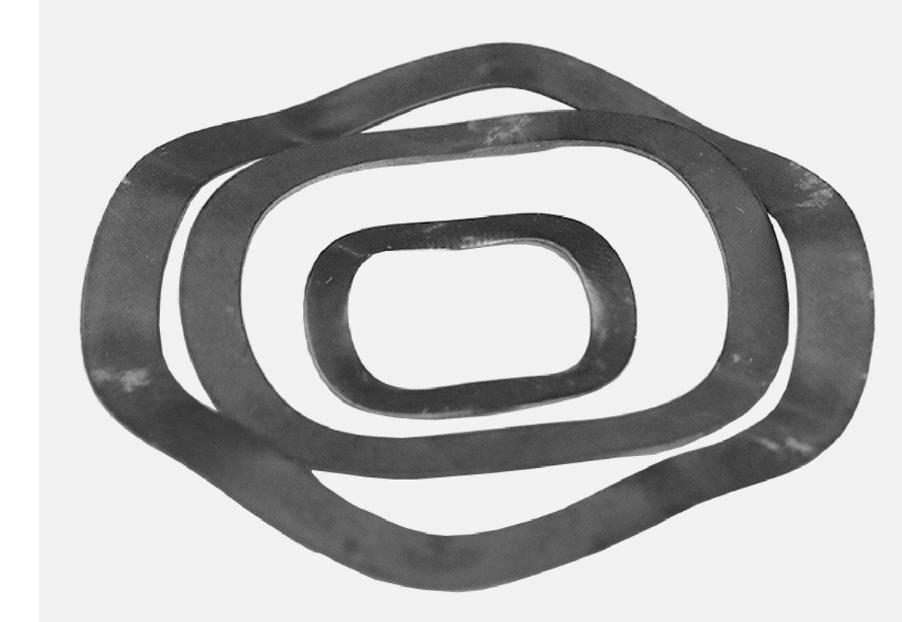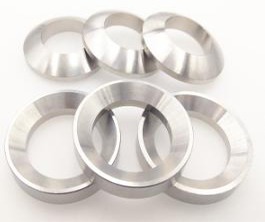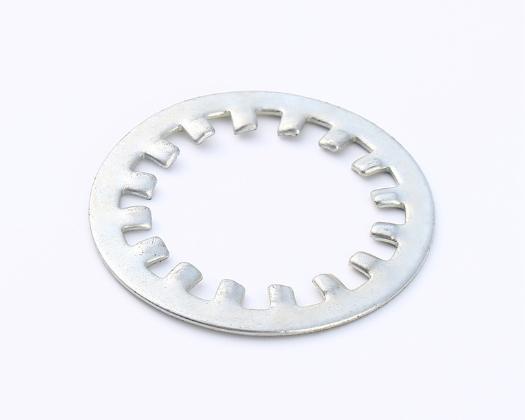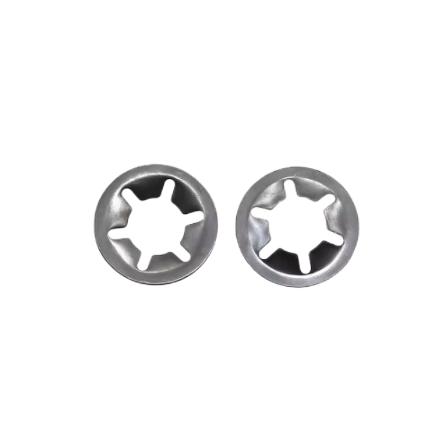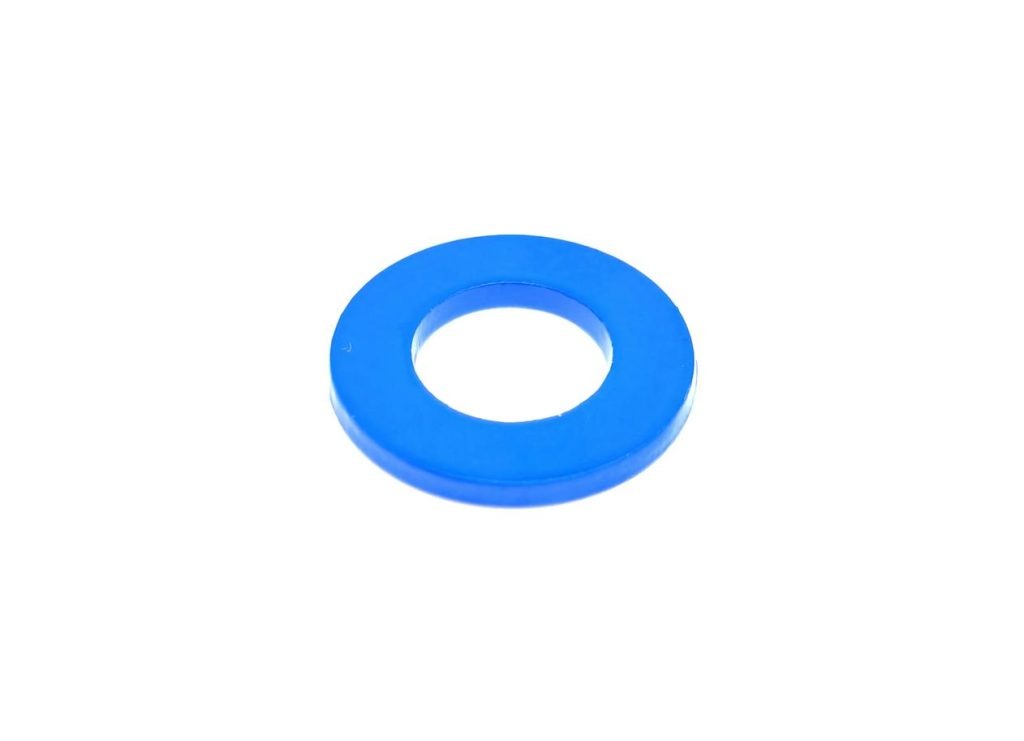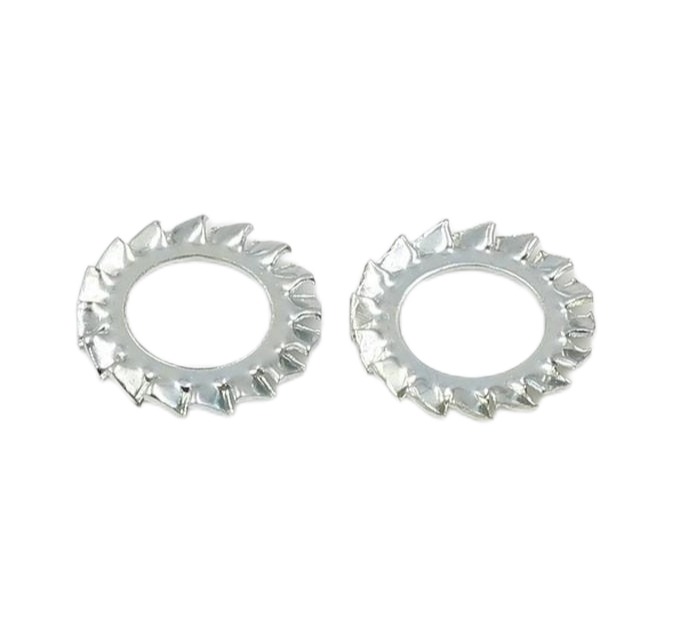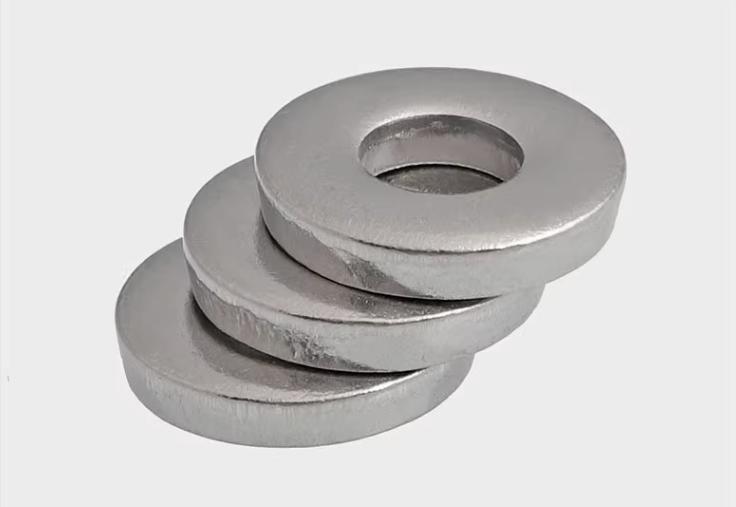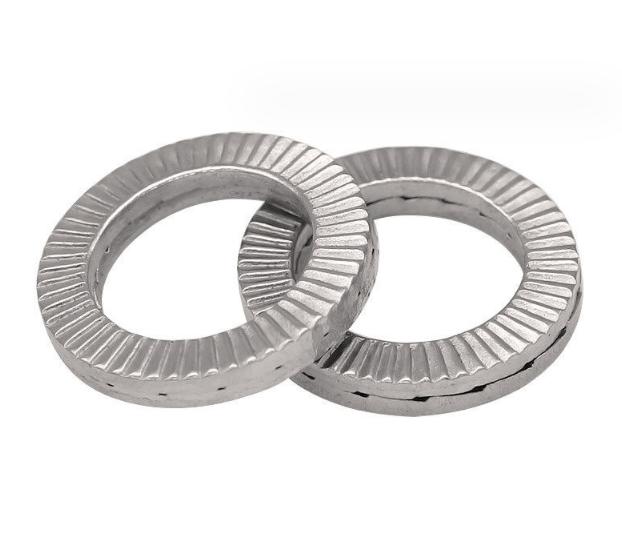How to Achieve Uniform Load Distribution in Spring Washers?
Table of Contents
Spring washers are critical components used in various industries to maintain tension, preventing loosening and evenly distribute loads in bolted joints. One of the key challenges with spring washers is ensuring uniform load distribution to optimize performance and extend the lifespan of the assembly. Uneven load distribution can lead to premature failure, reduced clamping force, and mechanical wear. In this article, we will explore key strategies and design considerations for achieving more uniform load distribution in spring washers, which can significantly enhance their effectiveness in various applications.

Importance of Uniform Load Distribution in Spring Washers
Uniform load distribution in spring washers ensures that the washer can consistently maintain the desired tension across the bolted joint. This not only improves the performance of the washer but also minimizes the risk of overloading or underloading certain areas.
Challenges in Uneven Load Distribution
| Challenge | Description |
| Localized Stress Points | Uneven load can cause stress to concentrate in specific areas, leading to cracks or wear. |
| Deformation of Washers | Unequal force distribution may cause the spring washer to bend or lose its shape. |
| Premature Component Failure | Parts subjected to inconsistent load distribution tend to fail faster, increasing costs. |
| Inconsistent Clamping Force | Uneven load leads to fluctuations in clamping force, affecting joint stability. |
| Increased Wear and Tear | Unequal pressure on parts leads to accelerated wear, reducing the lifespan of components. |
| Vibration and Noise | Unbalanced load can increase vibration and noise in the system, leading to inefficiency. |
| Higher Maintenance Costs | Uneven load leads to more frequent repairs, increasing operational and maintenance costs. |
| Reduced System Efficiency | Non-uniform load can lead to friction and energy loss, reducing overall system efficiency. |
| Safety Hazards | Uneven distribution in critical applications can pose safety risks, leading to potential failure. |
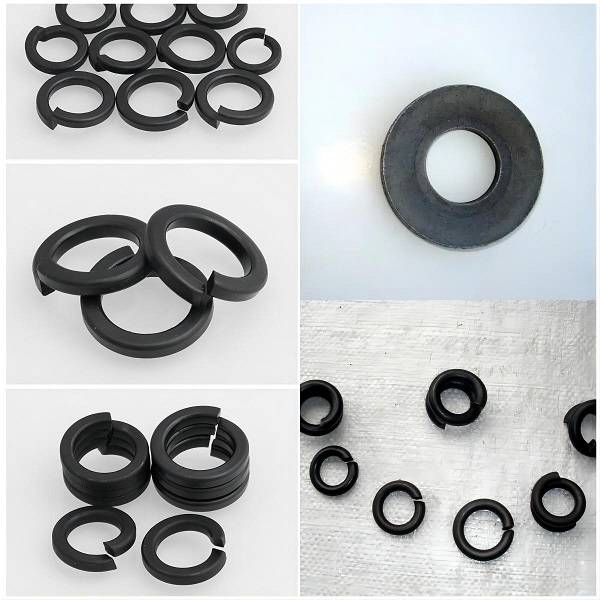
Key Factors for Uniform Load Distribution in Spring Washers
Several factors play a crucial role in achieving uniform load distribution in spring washers, from design optimization to proper installation techniques.
1. Washer Design and Geometry
The design and geometry of spring washers are critical for ensuring uniform load distribution. The shape of the washer influences how it deforms under load.
- Conical Shape: The standard conical shape of Belleville washers allows them to distribute forces effectively by compressing and spreading the load evenly across the surface.
- Contact Area: Increasing the contact area between the washer and the mating surface can help distribute the load more uniformly. Modifications in the outer and inner diameters can be used to adjust the load-carrying capacity and distribution.
2. Material Selection
The material of the spring washer also plays a significant role in load distribution. High-strength materials such as stainless steel, spring steel, and other alloys provide the necessary flexibility and durability to handle varying loads. Material with consistent hardness and elastic properties ensures uniform deflection and load distribution when compressed.
Heat treatment can further enhance the material’s properties, ensuring it maintains consistent performance even under extreme load conditions.

3. Preloading Techniques
Proper preloading of the washer during installation ensures that the load is distributed more uniformly. Preloading helps to maintain a constant clamping force and reduces the risk of joint relaxation. By applying the correct torque to the fastener, engineers can ensure that the spring washer is fully compressed and functioning at its optimal load capacity.
- Torque Control: Precision torque control during installation helps to apply the correct force across the washer, preventing uneven compression and load imbalances.
- Lubrication: Proper lubrication can help reduce friction during compression, ensuring smoother load transfer across the washer surface.
4. Stacking Configurations
In some applications, spring washers can be stacked in parallel or series to adjust the load-carrying capacity and stiffness of the assembly. Different stacking configurations help distribute the load more evenly across multiple washers, providing additional control over the force exerted on the bolted joint.
- Parallel Stacking: Increases the load-carrying capacity but maintains the same deflection characteristics.
- Series Stacking: Increases deflection while keeping the load-carrying capacity constant
Optimizing the stacking arrangement allows for better control over load distribution.
5. Surface Finish and Mating Components
The surface finish of both the spring washer and the mating surface significantly affects load distribution. A smooth surface finish reduces friction and wear, allowing the washer to deform uniformly under load. Additionally, the washer’s contact with a flat, rigid mating surface ensures even compression and better load distribution.
Anti-corrosion coatings can also enhance the longevity of the washer by protecting it from environmental factors that could lead to rust or degradation, which could affect load distribution.
6. Finite Element Analysis (FEA) for Design Optimization
Finite element analysis (FEA) is a computational tool that can simulate the behavior of spring washers under various load conditions. By using FEA, engineers can visualize how the load is distributed across the washer and identify areas of potential stress concentration. This information can be used to fine-tune the washer’s geometry, material selection, and stacking configuration to achieve optimal load distribution.
7. Proper Lubrication
- Reduce Friction: Apply lubrication to the washer, bolt, and mating surfaces to reduce friction, which can improve load distribution during tightening and operation.
- Use Anti-Seize Compounds: These help prevent uneven load distribution caused by galling or sticking in high-pressure applications.
8. Regular Inspection and Maintenance
- Routine Inspection: Regularly inspect washers for signs of wear, deformation, or corrosion. Worn washers can compromise load distribution and lead to mechanical failure.
- Timely Replacement: Replace washers that show signs of uneven wear to maintain optimal load distribution and prevent localized stresses.
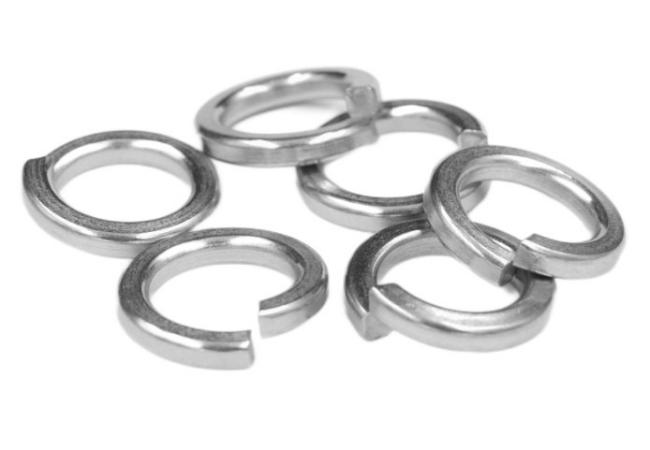
Benefits of Achieving Uniform Load Distribution in Spring Washers
| Benefit | Description |
| Extended Lifespan | Uniform load distribution reduces wear and tear, extending the life of the spring washers and components. |
| Enhanced Structural Integrity | Even load application helps maintain the shape and performance of washers, preventing deformation. |
| Consistent Clamping Force | Achieving uniform distribution ensures stable clamping, leading to reliable joint performance. |
| Reduced Maintenance Costs | Fewer failures and less frequent replacements lower maintenance and operational costs. |
| Improved System Efficiency | Minimizing friction and energy loss due to balanced load enhances overall system efficiency. |
| Increased Safety | Proper load distribution ensures safety by preventing unexpected failure, especially in critical applications. |
| Reduced Noise and Vibration | Balanced load reduces vibration and noise, leading to quieter and smoother operation. |
| Optimal Performance Under Stress | Uniform distribution allows the washer to handle high loads more effectively without failure. |
| Better Load Sharing | Ensures all parts share the load equally, preventing localized stress points that could lead to damage. |
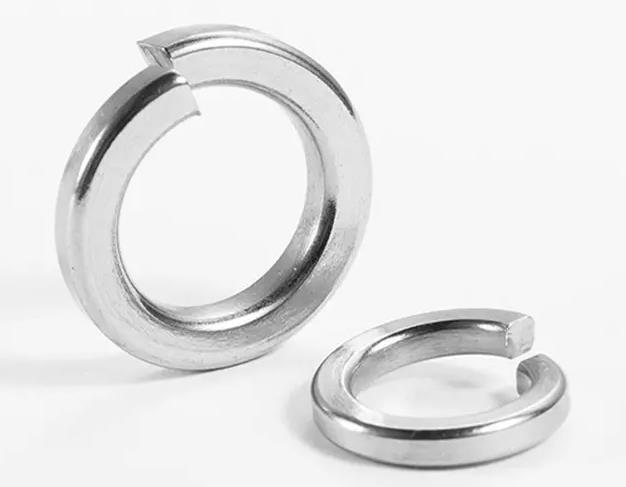
Overall, ensuring uniform load distribution in spring washers is essential for maintaining the integrity and performance of bolted joints. Implementing strategies such as optimizing washer design, selecting the right materials, applying proper preloading techniques, guaranteeing that spring washers perform at their best, providing consistent clamping force and minimizing the risk of joint failure, contributing to enhanced durability, safety, and cost-effectiveness in a wide range of industrial applications.

